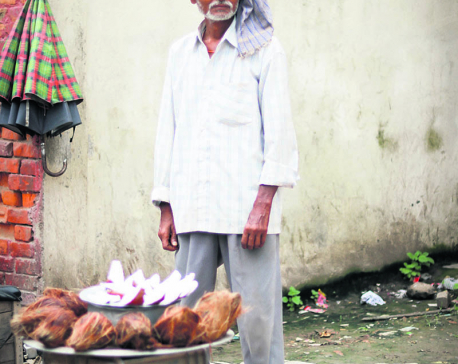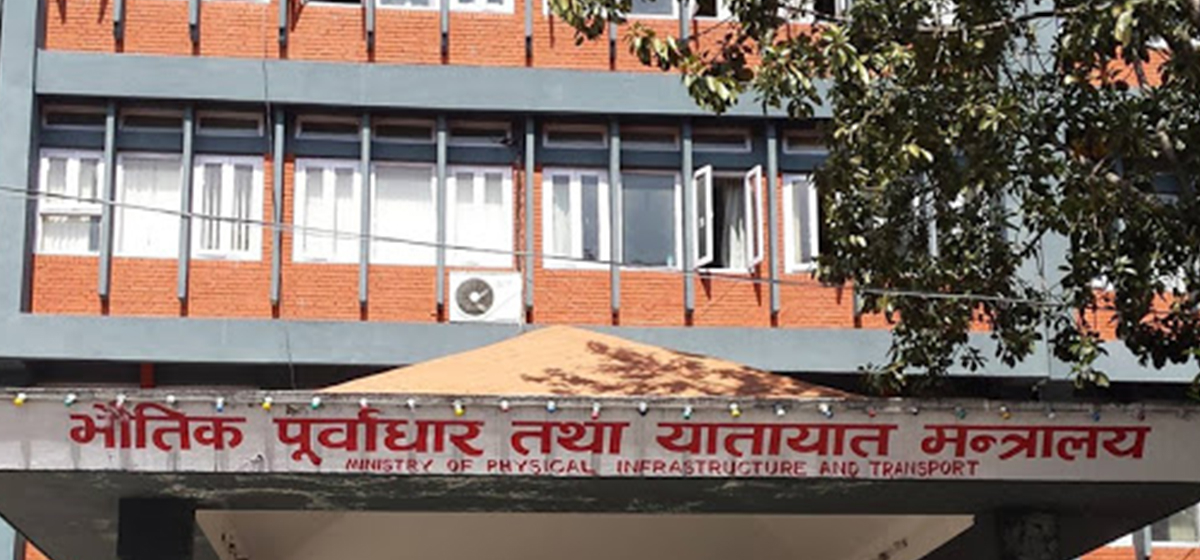
OR
Economic growth
The good news is that both the International Monetary Fund and the Asian Development Bank expect Nepal to achieve around six percent GDP growth in 2017. It’s nearly two decades since the country witnessed a six percent (or higher) GDP growth. Another bit of good news is that both the institutions expect the inflation rate to be around 6-7 percent, which will come as a relief to Nepalis more used to double-digit inflation for most of the past two decades. These latest projections, however, are not sure signs that the Nepali economy is on track. First, in the last fiscal, the economy had grown by an abysmal 0.77 percent, largely as a result of the April 2015 earthquakes and the subsequent border blockade, both of which hit the economy hard. After contracting so much last year, it was only natural for the economy to rebound a bit. Second, these projections have been made on the back of a bumper harvest season, which in turn was a result of good monsoon rains. Third, the new figures reflect rebuilding efforts that have picked up as post-quake government grants reach quake victims.
Thus the new growth figures are at least partly fortuitous. What Nepal really needs is sustainable
economic growth, the kind that creates jobs and is based on sound economic principles. The ADB
report outlining new growth and inflation forecasts, for example, noted how despite robust revenue growth capital expenditure was still poor. And it’s hard to grow without healthy capital expenditure.
Moreover, as the inflow of remittance has slowed but imports keep increasing, trade deficit has rocketed, by nearly 90 percent in the past six months alone, to Rs 352 billion. This lopsided trade balance is clearly unsustainable. If we could only improve on our capital expenditure, for instance through quick project approval and contracting, it would be a huge spur to the national economy. (It’s said that for every rupee of the government’s capital investment, the private sector invests two rupees.) As important is the promotion of our businesses and industries so that we don’t have to so heavily rely on imports and so that we may start exporting more. For this our byzantine labor laws will have to be simplified. Likewise, round-the-clock electricity for industries will cut down their fuel costs and boost profits and sales, both in and outside Nepal.
These vital economic reforms have been shelved, year after year, as the economy has seldom a priority of our governments. Most of the past two decades has been spent trying to get the right political system and an appropriate constitution to govern ‘New Nepal’ and in this single-minded focus on politics, economic issues have invariably been ignored. Rampant corruption and lack of accountability have eviscerated our bureaucracy, and government officials are now proving to be one of the biggest drags on the country’s development. Yet there is hope. If the three sets of elections can be successfully held by 2018 January-end, it will signal the most meaningful effort so far to implement the new constitution. And if it can be implemented, it could also be the prelude to the kind of political stability that the country has desperately wanted in recent times. In that case, the growth forecasts of our major international donors could look rather conservative.
You May Like This

Looking back at Sandeep's two years
KATHMANDU, April 16: On this day at the age of 15, Sandeep Lamichhane made his debut as a cricketer for... Read More...

Hard time looking after family
Jokhan Chaudary is originally from Motihari, India. He is unsure of his exact age, but knows that he is over... Read More...










Just In
- MoPIT prepares draft of National Road Safety Act, proposes rescue within an hour of an accident
- Light rainfall likely in hilly areas of Koshi, Bagmati, Gandaki and Karnali provinces
- Customs revenue collection surpasses target at Tatopani border, Falls behind at Rasuwagadhi border in Q3
- Rain shocks: On the monsoon in 2024
- Govt receives 1,658 proposals for startup loans; Minimum of 50 points required for eligibility
- Unified Socialist leader Sodari appointed Sudurpaschim CM
- One Nepali dies in UAE flood
- Madhesh Province CM Yadav expands cabinet









Leave A Comment